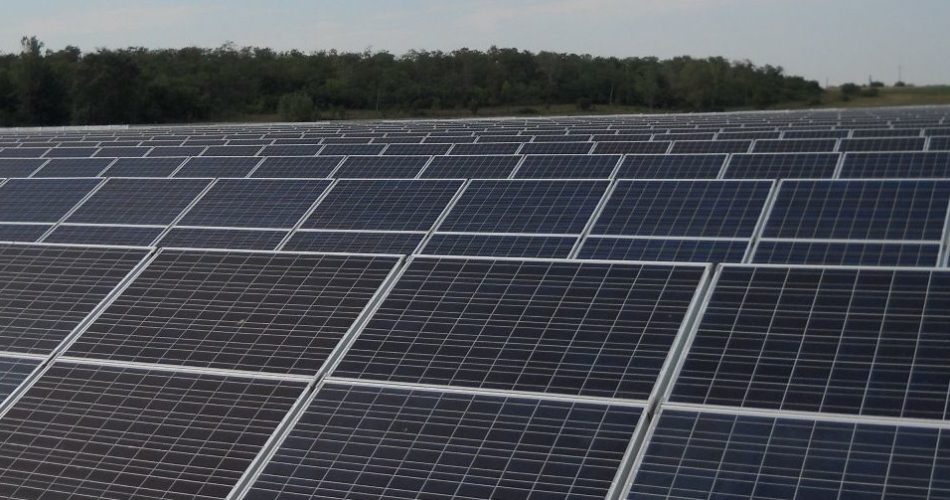“Endesa, through its renewable energy company Enel Green Power España (EGPE), has completed the construction of the photovoltaic plants in La Vega I and La Vega II, located in Teba,” the company announced.
The photovoltaic plants, in which Endesa has invested 60 million euros, will increase the installed capacity by 86 MW, and were built in record time. More than 380 people, 70% of whom are from Malaga, have worked, following strict safety measures, to build these two photovoltaic power plants, which will produce 171 GWh per year, the equivalent of the energy consumed in a year by a municipality such as Ronda.
In view of the coronavirus pandemic and in accordance with the instructions provided by the health authorities, the company states that it has implemented rigorous safety protocols in order to ensure the necessary protection of the personnel involved in construction and of the communities where the plants are installed.
La Vega I and La Vega II have 224,600 photovoltaic panels, as well as 14 transformer points, a transformer station and about 50 kilometers of underground networks, which have been built for their operation. The complex today allowed the generation of the first kilowatt-hour of renewable energy, which has already reached the Andalusian electricity distribution network. The two plants will avoid emissions of more than 79,600 tons of CO2 annually.
“The La Vega I and La Vega II photovoltaic plants have benefited from the latest construction technology. Endesa uses virtual reality to monitor these plants, allowing them to be monitored remotely, with the help of smart glasses, so that teams no longer have to physically visit the targeted area. This technology also incorporates an infrared camera, which captures real-time images of the work execution activities “, say the company’s representatives.
In addition, in order to ensure the compatibility of photovoltaic power plants with the environment, environmental measures have been taken to preserve the area. Therefore, work is currently underway to implement a program of complementary measures to protect the habitat of the gray heron (Circus pygargus) and the heron (Tetrax tetrax), both species included in the category of vulnerable bird species in the Andalusian Catalog of Species on endangered, they add.
Endesa will also participate in the financing of a project for the conservation of the little vulture (Falco numanni), a falcon species whose population has suffered a significant decline in rural areas of Malaga in recent years. This action, which takes place in the Laguna de Fuente de Piedra Nature Reserve, in the commune of Campillos, will allow the establishment of new colonies using new techniques of reproduction and release in captivity, thus contributing to the consolidation of the population of this small falcon in the area.
As of today, Malaga produces more renewable energy in addition to the six wind farms (the last of which was put into operation a year ago) and the 11 hydraulic power plants that Endesa already has in this province. Two more photovoltaic power plants in the area will be added to these renewable energy sources in the coming years.
Endesa currently operates, through EGPE, over 7,812 MW of renewable energy installed in Spain, which include: 4,711 MW from conventional hydropower plants; 2,362 MW from wind power, 657 MW from solar power, 79 MW from mini-hydro power and 3 MW from other renewable sources.
Enel Green Power, within the Enel Group, is dedicated to the development and operation of energy from renewable sources worldwide, with a presence in Europe, America, Asia, Africa and Oceania. Enel Green Power is a world leader in the green energy sector, with an installed capacity of over 47 GW in a generation mix that includes wind, solar, geothermal and hydropower.
Endesa is the largest electricity company in Spain and the second largest in Portugal. It is also the second largest gas operator on the Spanish market.

